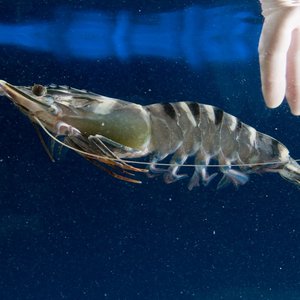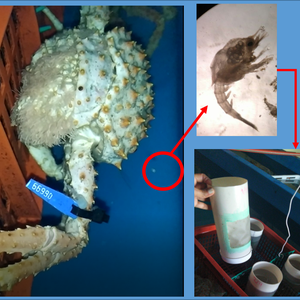Midland Co. (formerly known as Kimle Aquaculture) is building an innovative land-based shrimp production facility in Story City, Iowa, USA.
Using innovative Algae-Based™ RAS technology, Midland shrimp are responsibly raised and free of hormones, antibiotics and chemicals. The company’s technology simplifies RAS systems with new, innovative technology, algae-based wastewater treatment. Algae capture nutrients from water and carbon from the air, leaving the water purified and oxygenated in a single one-step wastewater treatment system. The nutrient-dense algae are then recovered to be used as an alternative regenerative fertilizer. This zero-discharge technology makes it one of the most sustainable forms of aquaculture today.
The commercial demonstration facility is undergoing construction with Accurate Development as the lead construction partner for current and future facilities. The 20,000 square foot facility will be the model for future contract grow-out facilities. Each facility has the capacity to produce 80,000 pounds of shrimp annually. Midland’s contract grower model will work with Midwest family farms to integrate shrimp production into their enterprises. Shrimp contract grow-out production is a high-value opportunity that will diversify farm operations, increase profitability and engage families across generations.
“Midland Co. is an impressive venture that has made significant strides in a short period of time,” commented Jared Johnson, a member of Accurate Development. “I believe in the technology, product and team of Midland Co. and know that this company will have a high impact for Iowa and is a huge opportunity to diversify protein production and build future regenerative agriculture opportunities.”













